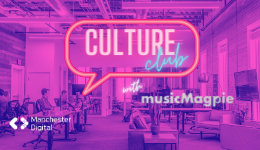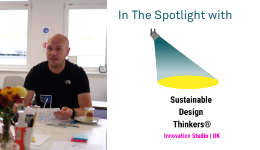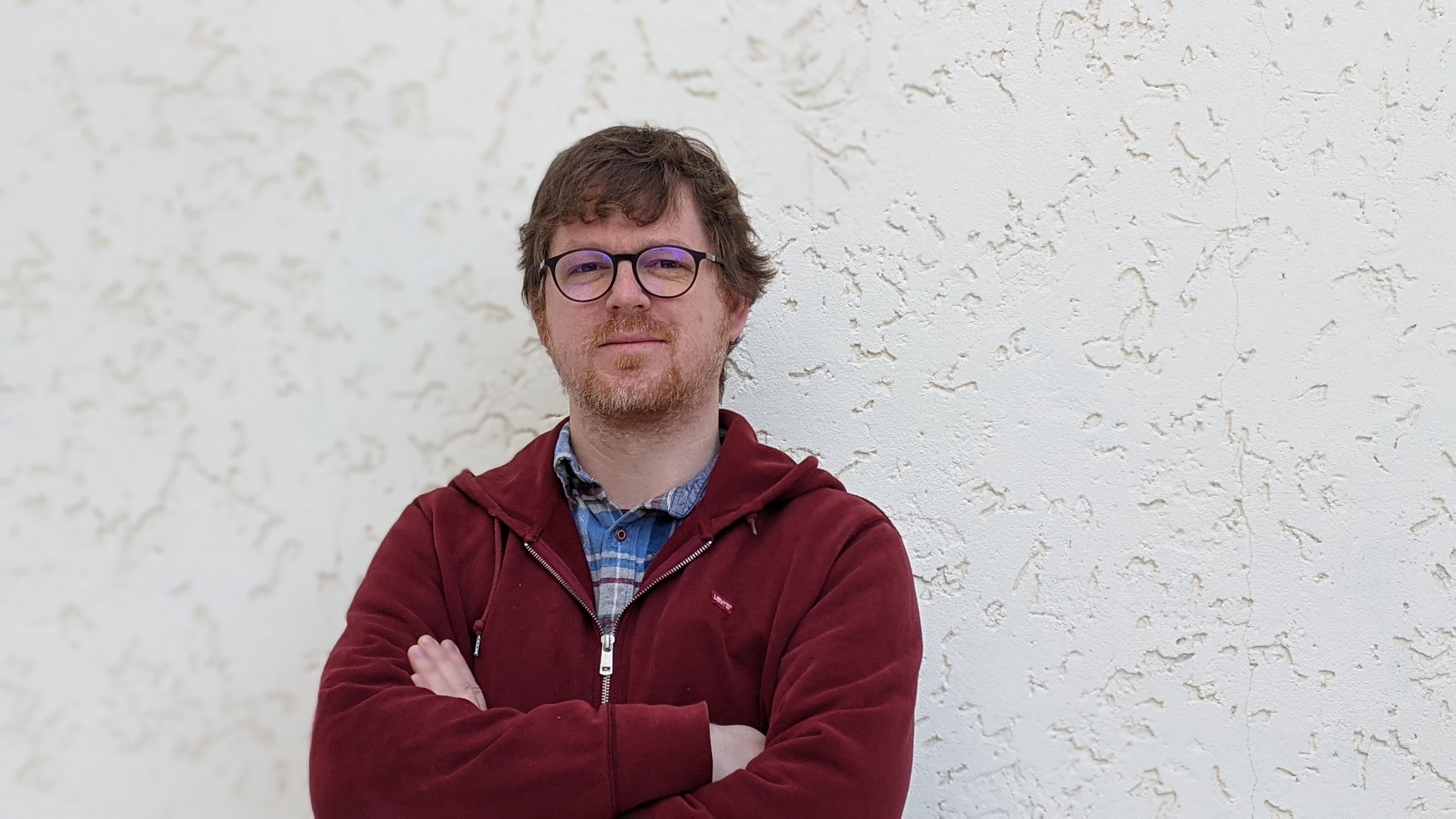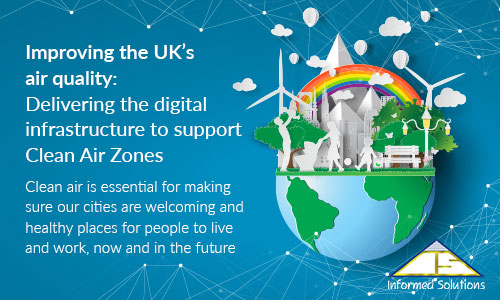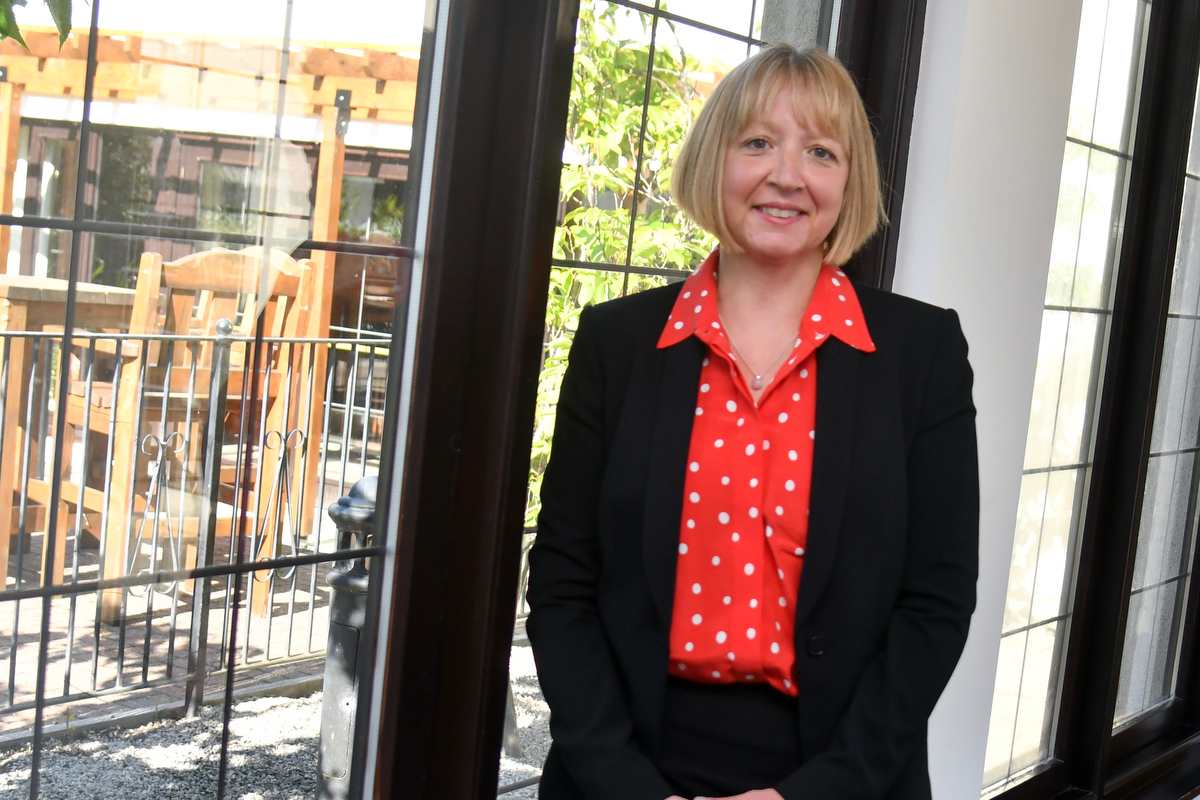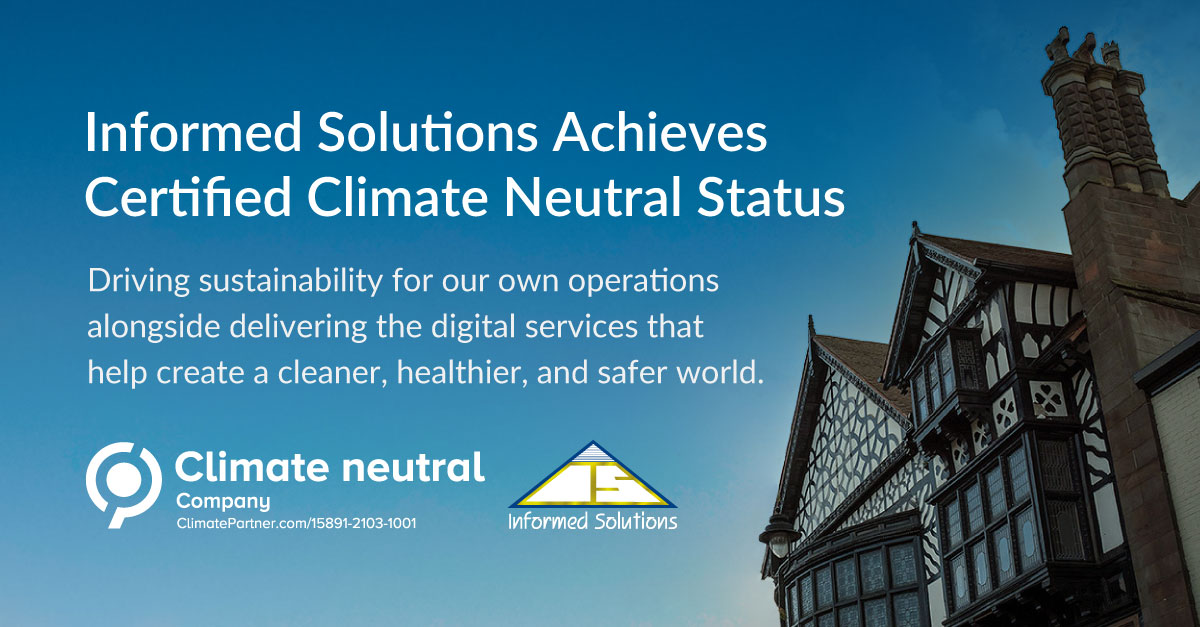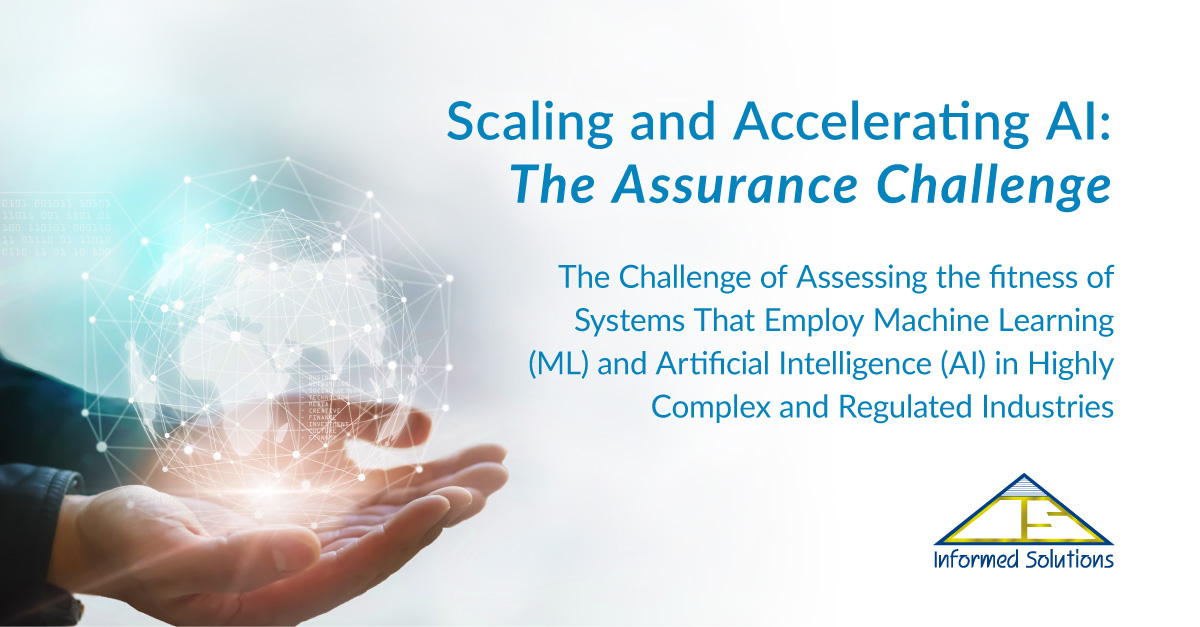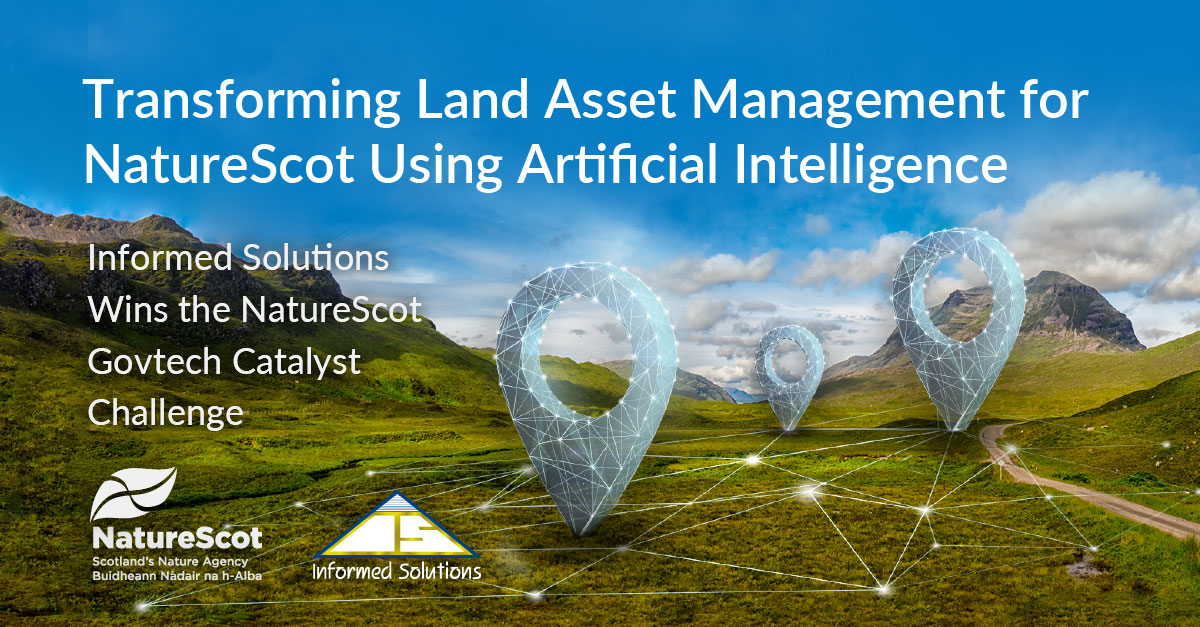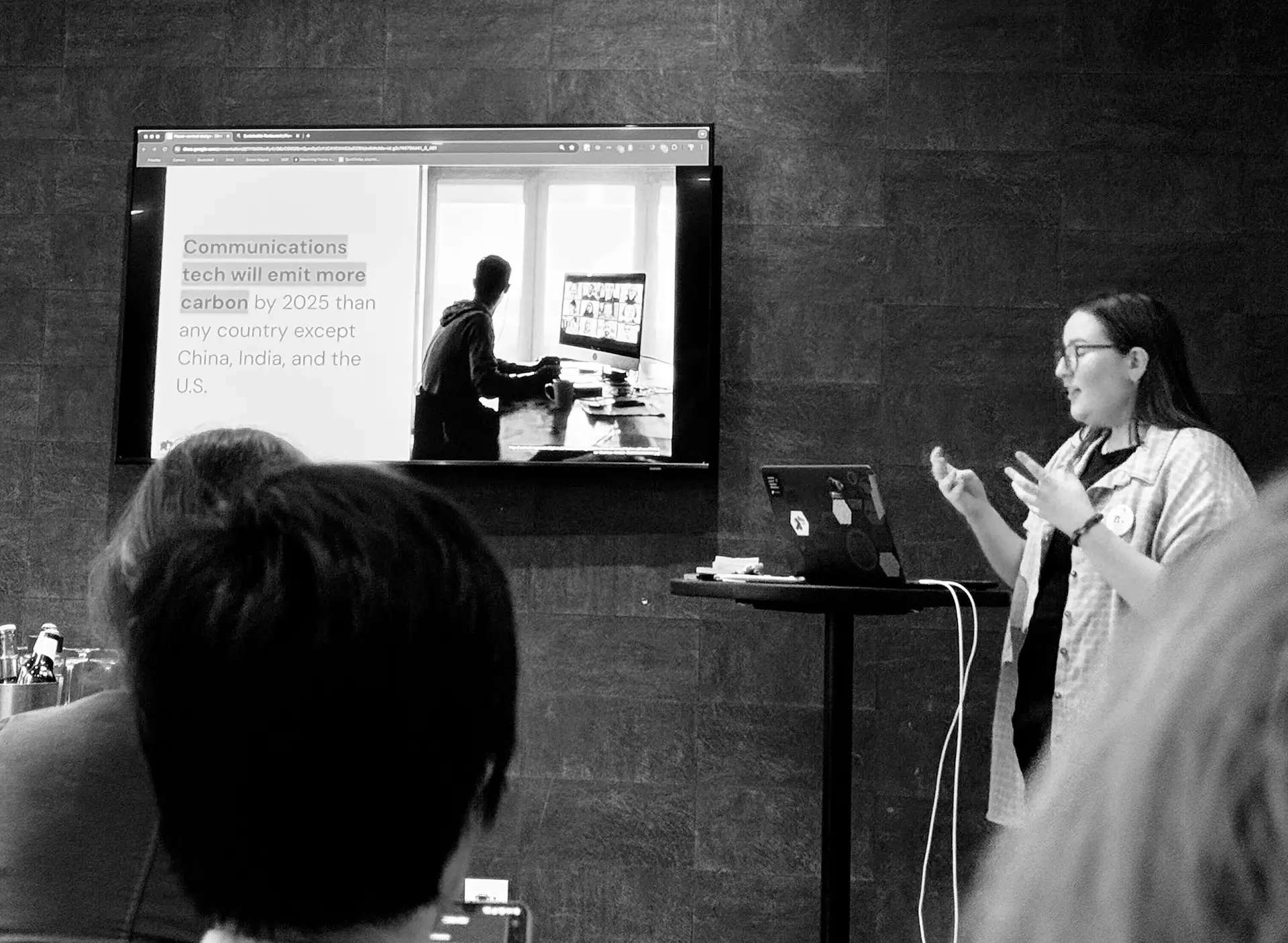
Planet-centred design shifts perspective from egoism to ecosystems. Principally, it acknowledges that we are not alone on our planet and that this planet has limits, so our work must accommodate for those limits and adapt for the planet, not just the user or other stakeholders.
One of Hippo's UX Designers, Heather Paxton, delivered an insightful talk on Planet-Centred Design for Ladies that UX Manchester recently to the local design community. The talk focused on various areas including the climate emergency we’re in and how big digital’s impact is to it, current focuses for designers (such as product, costs, users), getting buy-in, and directed the audience to resources that would aid them in integrating planet-centred design into their working practices.
We covered topics including:
- The costs of innovation on the planet
- Carbon impact of digital evolution
- Audience feedback: Sustainable actions you already take
- Audience feedback: What is planet-centred design to you?
- Egoism vs Ecosystem
- The four movements of planet-centric design
- Inclusion: Digital and Environmental
- Principles and Implementation
The costs of innovation on the planet and the carbon impact of digital evolution
Over the years, access to convenient solutions and increased consumption has caused significant changes to the world and how it works. As things get better, we seek to replicate and do more of that. But this is not always a sustainable approach.
Technology has changed much about how we live for the better, but it has also placed a high burden on our planet. So when we say the planet is important to us, how much space are we actually giving it? This point was clearly illustrated by showing company logos next to outlines of leaves, and asking, “how many of each can you name?”. Whilst this isn’t necessarily illustrative of how much we may care (or not) about the planet, it nonetheless demonstrates our divided attention and what we are expected to focus on. Planet-centric design asks that we make the planet one of our focuses.
“The idea is not to scare people, though some of the figures are scary, it’s about understanding how to reduce our footprint personally, and bring that learning to spaces where we can make an even bigger impact, like in my design work,” Heather says as some of the more shocking slides come up showing the environmental impact of fuelling our societal and technological needs.
Audience feedback: Sustainable actions you already take
People are often aware of what actions are considered more sustainable, and will make an effort to take those where they can. In this way, becoming aware of planet-centred design and its potential to reduce impact will cause people to adopt this approach in their work.
As a group, the audience were already taking positive action to be more sustainable in their own lives;
- buying second-hand, or buying local,
- using less water,
- walking more and using public transport, or not driving at all,
- having less in-person meetings,
- eating less meat,
- and more!
Audience feedback: What is planet-centred design to you?
Our audience considered various ideas about what planet-centred design is, as well as the potential principles of it, and how one might do planet-centred design. There were also ideas around the design journey; not just the design itself, but improving processes and the “how to get there” to reduce ‘waste’ in the system.
Other thoughts on what would constitute planet-centred design included;
- making products and services that last as long as possible,
- designing with environment at the forefront,
- mobile first design – meaning less devices needed by users,
- thinking about the colours we use in designs,
- trying to drive people to simplify,
- whether we need to store data, and how much of it,
- accountability,
- circular economy.
Egoism vs Ecosystem and the four movements of planet-centric design
Planet-centred design asks designers to consider not just the product needs and user needs, but also the impact on the planet of the systems and software they are building. It asks that designers consider the long term needs of products, how they are built and how they function, and it asks them to try to make the design journey as efficient as possible to avoid overusing cloud services hosted from large, energy and water intensive data centres.
More information on the four movements can be found here, and many UCD practitioners will notice their similarity to human-centred design principles.
Inclusion: Digital and Environmental
Accessibility is a crucial tenet of user-centred design (UCD), as it is with planet-centred design. One example of this is easing navigation through journey flows, and improving the UI to reduce the time spent on sites.
Principles and Implementation
In UCD, practitioners are familiar with using personas, and similar profiles are being built for the planet. Green the Web has a number of courses and resources for designers to make use of, including non-human Personas.
We can also look at our physical and digital tech stacks, and think about what parts we can replace or reuse, rather than bringing in a whole new system. We can also think about longevity, and ensuring that both the physical and digital tech we use is intended to last years, if not decades.
Design is about curiosity, and with this talk Ladies that UX and Heather hoped to promote the idea that we can design with sustainability principles in mind, and that there is a community out there willing to support each other to do so. The final message was to be curious, to explore the difference you can make by keeping the planet in mind, and keep learning about how to apply it.
With this in mind, we wanted to share the resources that were shown on the day:
Web sustainability guidelines (WCAG)
https://w3c.github.io/sustyweb/
Sustainable web design (pretty filter version)
https://sustainablewebdesign.org/
Website checker, Branch magazine
https://www.thegreenwebfoundation.org/
Green web library (Greenweb foundation)
https://www.zotero.org/groups/4399301/green-web-syllabus/library
Green the web
https://greentheweb.com/tools/
Life-centred Design Lab
Library of tools to integrate ethical design in your teams
https://www.designethically.com/toolkit
Doughnut economics
https://www.kateraworth.com/doughnut/
There is No Planet B: book
Climate anxiety resources
https://www.greenpeace.org.uk/news/climate-anxiety-resources-to-energise-action/
Ladies that UX Manchester is an inclusive community aiming to provide a creative space for big ideas for designers and other professionals in the city. Our own Lead User Researcher Fern Williams has been a part of organising brilliant events for the group for 6 years, seeing the impact such a community can make for people.
Heather Paxton is an experienced UX Designer with a passion for sustainability and ethical design and building a sustainable online future. Being one of our Green Hippos, Heather is instrumental in advocating for green policy and practice at Hippo. She helps steer the business on this issue, provide education and advice on more sustainable ways of living, and connects with local third sector, charity and local government partners to share volunteering activities at sustainable food banks and food waste prevention centres, and tree planting sites, among other opportunities.
We started “Green Hippos” with the aim of building a community that will encourage Hippo to become more sustainable. Our community offers advice and support to individual colleagues wanting to adopt a greener lifestyle, but also works with the business as a whole to suggest sustainable practices of benefit, and support Hippo’s goal to be a Net Zero business by 2025. Hippo is delighted to be able to partner with and support events that make a difference.
